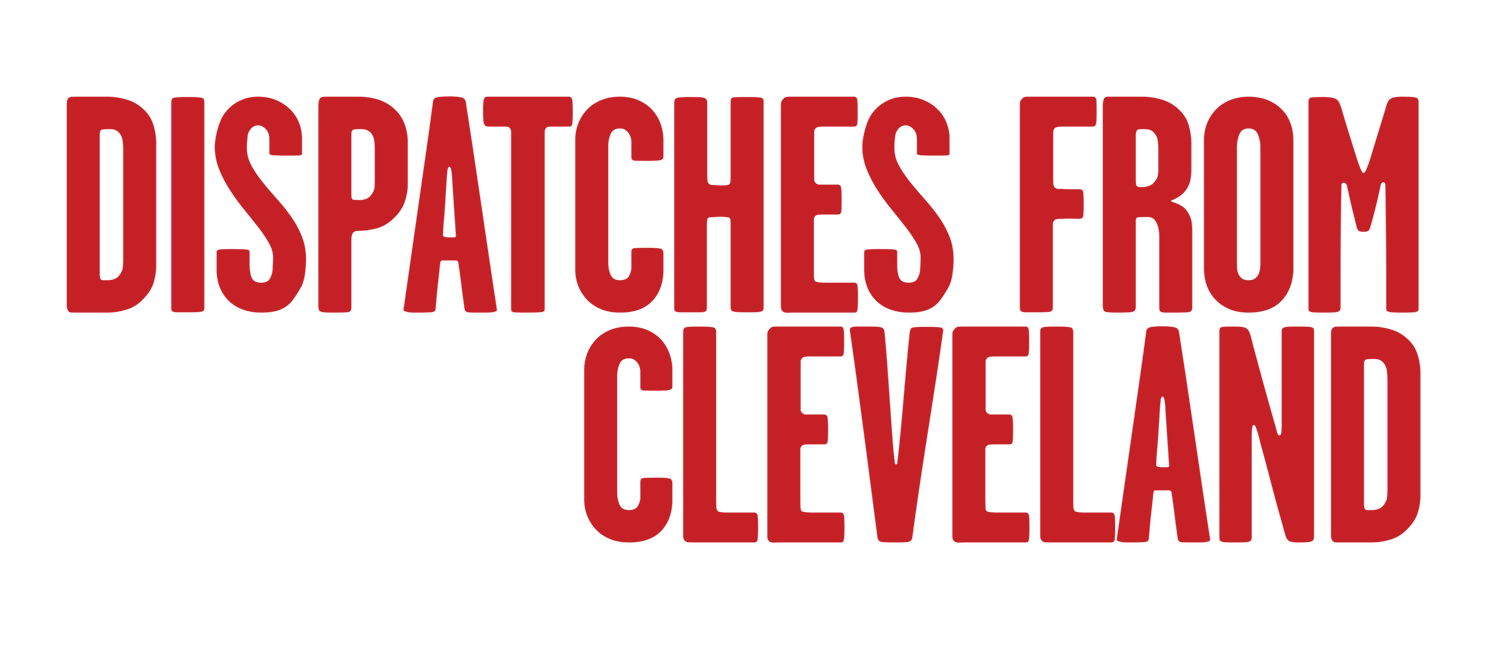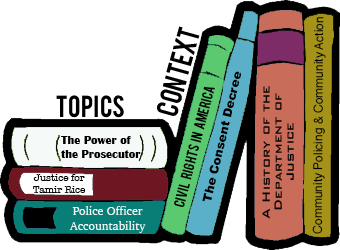MAKING OUR VOICES COUNT! discussion guide: Learn more
CHAPTER 3: BRIDGING THE GAP Resource Links
Welcome to our MAKING OUR VOICES COUNT! discussion guide resources page for Chapter 1. You can use these links to further the conversation about the topics covered in this chapter. If you don't have a discussion guide, visit our shop to purchase one. You'll find context on each chapter with discussion questions and so much more! This discussion guide can be used in so many different ways. If you have an organization whose mission goes hand in hand with one or all of our chapters, you can take the whole film or just the corresponding chapter, screen it for your members and use the guide to lead a discussion. Or you could hold a community screening of the entire feature film with a guided conversation after the viewing. You could invite someone from the film to your school, organization, church, etc. (we'll be happy to connect you!) to speak about the film, lessons from the guide, and so much more! Email us at info@aubinpictures.com for more info.
This chapter of the discussion guide provides local and national contexts and perspectives, cities under the consent-decree, in-depth conversations to broaden the conversation, and includes thoughtful discussion questions. Here are resources you can use to engage with this chapter.
“We can’t be individuals in this. We have to see each other as human beings that have a shared challenge.”
- Edward Little, Criminal and Juvenile Justice Advocate
Bridging the Gap continues to explore the hard work of community-building and introduces the model of community policing. This chapter posits two main questions: what is the difference between a neighborhood and a community, and how does an oppressed community interact with law enforcement? Pick up your copy of the discussion guide to learn more.
Learn More About Community Policing:
Read through Policy Link’s Community-Centered Policing: A Force for Change which provides an analysis about the advantages of community-centered policing practices in a democratic society, and specifically, in communities of color.
Read through Organized for Change: The Activist’s Guide to Police Reform, a how-to guide that explains strategies to improve police policies in your community, and move closer to a vision of community-centered policing.
Read through Ella Baker Center for Human Rights’ Justice Team Toolkit which seeks to push the boundaries of what is possible, and put an end to law enforcement violence by mobilizing communities to respond radically.
Visit Malcolm X Grassroots Movement’s Demands for Racial Justice, to advocate for strategies to ensure racial justice in the U.S.
Read through Campaign Zero Reports and Resources, an organization of researchers and activists that provides information about existing policies in the U.S. and the areas where new policies are needed to end police violence.
Read through Black Youth Project’s Agenda to Keep Us Safe, a policy agenda for organizing.
Further Readings and Resources on Building Communities:
Visit The University of Kansas’ website for the Community Tool Box- it contains toolkits to help people get a quick start on key activities in community work.
Read through the Center for Community Development’s The Reimagining Cleveland Vacant Lot Greening Program: Evaluating Economic Development and Public Safety Outcomes.
Read The Atlantic’s Reclaiming the Public Square. Cleveland is the latest city to call on James Corner, the landscape architect behind New York’s High Line, to revive an urban park.
Read City Lab’s The Wrong Way to Grow a City, A lesson from Cleveland: To avoid deepening inequality, to prepare for economic growth before it starts.
Support Criminal Justice Reform:
Visit Just Leadership USA’s website which elevates the voices of Americans impacted by crime and incarceration by positioning them as informed, empowered transformation partners through leadership development, reframing, and policy advocacy.
Visit Alliance for Safety and Justice (ASJ), a national organization that aims to win new safety priorities in states across the country. ASJ partners with leaders and advocates to advance state reform through networking, coalition building, research, education, and advocacy. ASJ also brings together diverse crime survivors to advance policies that help communities most harmed by crime and violence.
Visit Color Of Change which designs campaigns powerful enough to end practices that unfairly hold Black people back, and champions solutions that move us all forward. Until justice is real.
Visit We Got Us Now, a national coalition and online digital hub to advocate for and raise awareness of policies that support children of incarcerated parents.
Visit and read about Ohio Organizing Collaborative, an innovative and experimental statewide organization that unites community organizing groups, labor unions, faith organizations, and policy institutes across the state.
Visit The Sentencing Project, which compiles state-level criminal justice data from a variety of sources. Using their website's state-by-state data feature, you can navigate between interactive maps, tables, and rankings that allow you to access and use these data.





